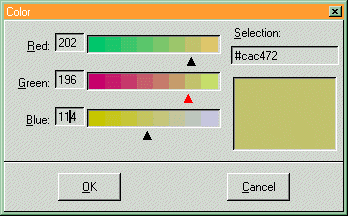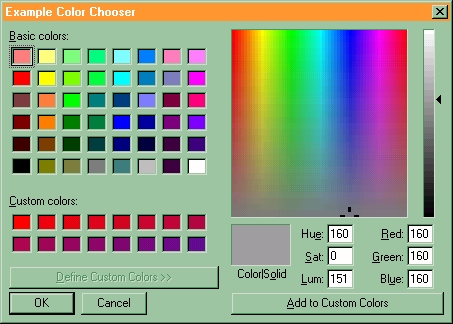Widgets in the initial Tk package
CORE WIDGETS
These are the widgets you'll find available everywhere. These widgets comprise much of a Tk-based application.
-
button
(standard button widget)




-
radiobutton
(radio button - a group of these can have one selected at a time)


-
menubutton
(one button storing a menu)
slebetman
A menubutton is what Windows developers call combobox. Unfortunately, on Windows,
menubutton
does not look like a proper combobox so users will usually be confused by the
menubutton
. On other operating systems like SunOS and the Mac, the menubutton is exactly what the user expects.



-
labelframe
(a frame wrapped in a border, with a label at the top)
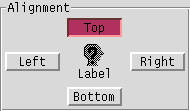
-
message
(a variation on the theme of labels; uncommon)


-
frame
(a container for other widgets, but doesn't display anything itself)
(No picture, as frames don't look very impressive. They're not meant to...)
-
toplevel
(a container that doesn't live inside another widget, i.e. the window itself)
(No picture, as toplevels don't look very impressive. They're not meant to...)
-
panedwindow
(a container for widgets that lets the user proportion space between them.)

-
menu
(accesses the
real
, OS menu on some platforms)
(A bit awkward to take a picture of this one... :^)
-
scale
(for adjusting numeric values)






-
entry
(Single-line text entry)


-
spinbox
(Numeric entry widget.)
MG
The spinbox can also be used for non-numerical items. If you give it a list of strings, it'll scroll through them all.

-
text
(Multi-line text entry, with text tagging, embeddable images, and more.)


-
canvas
(A drawing surface for vector-based graphics, raster images, and so on.)
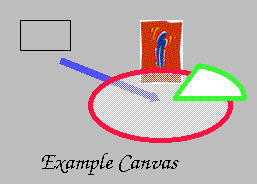
ADDITIONAL WIDGETS
- implemented by OS on some platforms

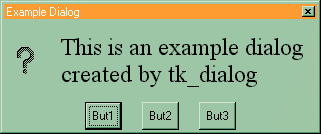
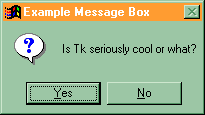
Standard Tk on
Unix
:
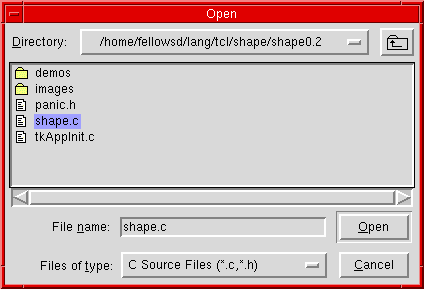
Tk on Unix in
Motif-emulation
mode:
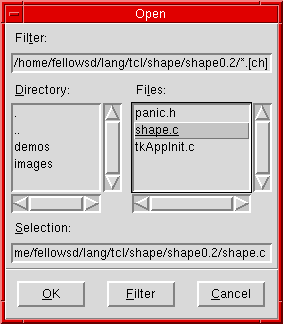
Standard Tk on
Windows
:
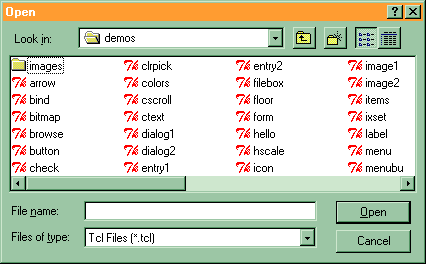
(looks very similar to the above dialogs...)
